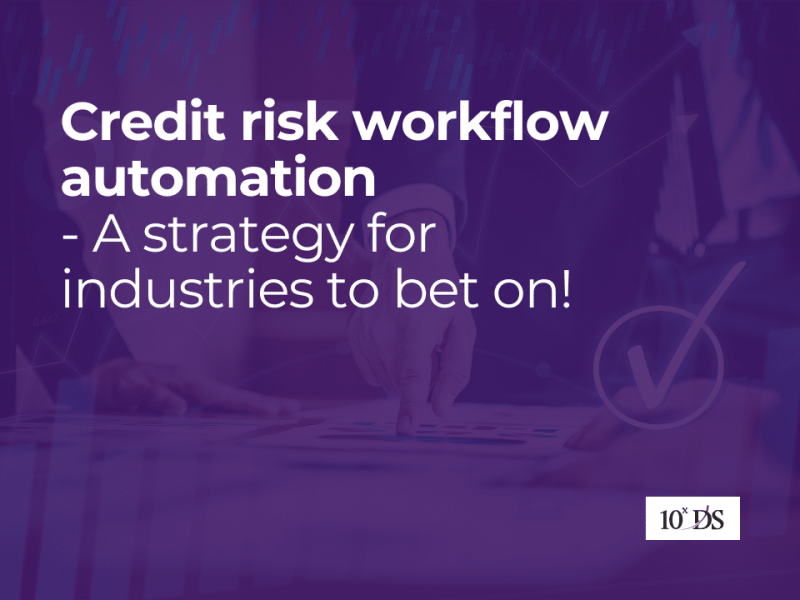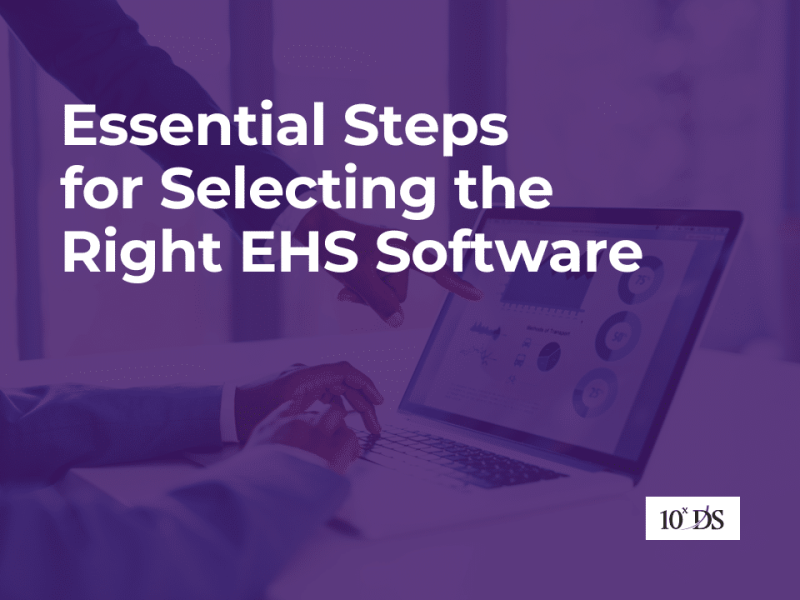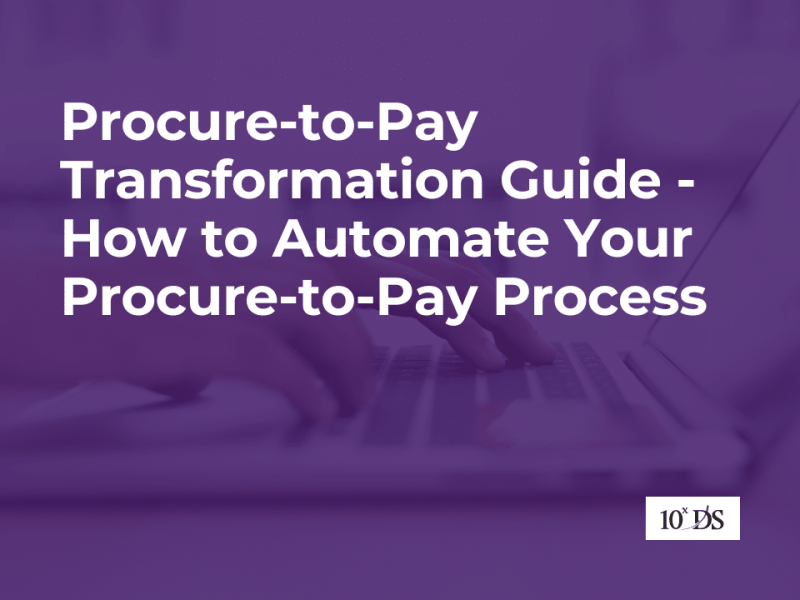
How do you identify RPA Opportunities and Initial Process Candidates
It has been quite a while since corporate corridors are abound with news of digital disruption especially Robotic Process Automation (RPA) and AI impacting every walk of life from employment to healthcare diagnosis to retail.
While strategy heads and digital officers have amassed enormous amount of information on trends in Automation, one key question that we face while working with clients is on identifying the right starting point. In this post, I would like to share some of the pointers that will enable you to identify RPA opportunities within your organisation where software bots can be effectively leveraged.
RPA Process Assessment
By conducting a comprehensive RPA process assessment, organizations can identify the most suitable processes for automation, prioritize them effectively, and plan for successful implementation, leading to improved efficiency, productivity, and cost savings. RPA process assessment involves evaluating and analyzing business processes to determine their suitability for automation using RPA technology. This assessment typically includes several steps:
Process Identification
Identify the processes within the organization that are repetitive, rule-based, and have a high volume of transactions. These processes are prime candidates for automation.
Process Analysis
Analyze the identified processes in detail to understand their steps, inputs, outputs, dependencies, and variations. This analysis helps in identifying bottlenecks, inefficiencies, and areas for improvement.
Feasibility Study
Assess the feasibility of automating each identified process using RPA. Consider factors such as complexity, variability, system compatibility, data integrity, regulatory compliance, and potential ROI.
Cost-Benefit Analysis
Evaluate the potential benefits and costs associated with automating each process. Calculate the expected return on investment (ROI) and compare it with the implementation costs to determine the financial viability of automation.
Risk Assessment
Identify and assess the risks associated with automating each process, including technical risks, security risks, compliance risks, and operational risks. Develop mitigation strategies to address these risks effectively.
Priority Ranking
Prioritize the processes based on their feasibility, ROI, strategic importance, and potential business impact. This helps in creating a roadmap for RPA implementation, starting with high-priority processes.
Change Management
Assess the impact of RPA implementation on the organization’s people, processes, and technology. Develop change management strategies to facilitate smooth adoption and minimize resistance to change.
Implementation Plan
Develop a detailed implementation plan outlining the steps, timeline, resources, and responsibilities for automating the prioritized processes. Ensure alignment with the organization’s overall automation strategy and goals.
Pointers to help identify RPA opportunities
The best way to start is to have an analysis of the nature of employee deployment and identify areas where they are performing the following:
- manually accessing and gathering data from several different applications to complete their activities
- manually moving data from one system to another
- manually checking the consistency of data between multiple systems
- manually updating the same information in multiple systems
- waiting for alerts/events to initiate their activities
- manually remediating data across several accounts
The above pointers would help you shortlist the possible process candidates for automation. The next logical step to further pin down would be to consider:
- Whether the process is something which can be clearly defined
- Whether process is driven by business rules or whether human judgement takes precedence
- Whether the frequency of the process is significant to be considered for automation
Classifying the identified Process Candidates
It would also be worthwhile to classify and prioritise tasks from an organisation perspective. The following table indicates a typical classification summarised based on our experience.
| Business Drivers |
|
| People |
|
| Process |
|
| IT |
|
| Location |
|
| Compliance |
|
Conclusion
Opportunity identification and prioritization is the key in any RPA adoption. Having worked with several clients, especially in BFSI, 10XDS has developed a rapid top-down framework based on the key functions in an organization. Do reach us for more details at connect@10xds.com or schedule a FREE consultation with our Automation Experts.


